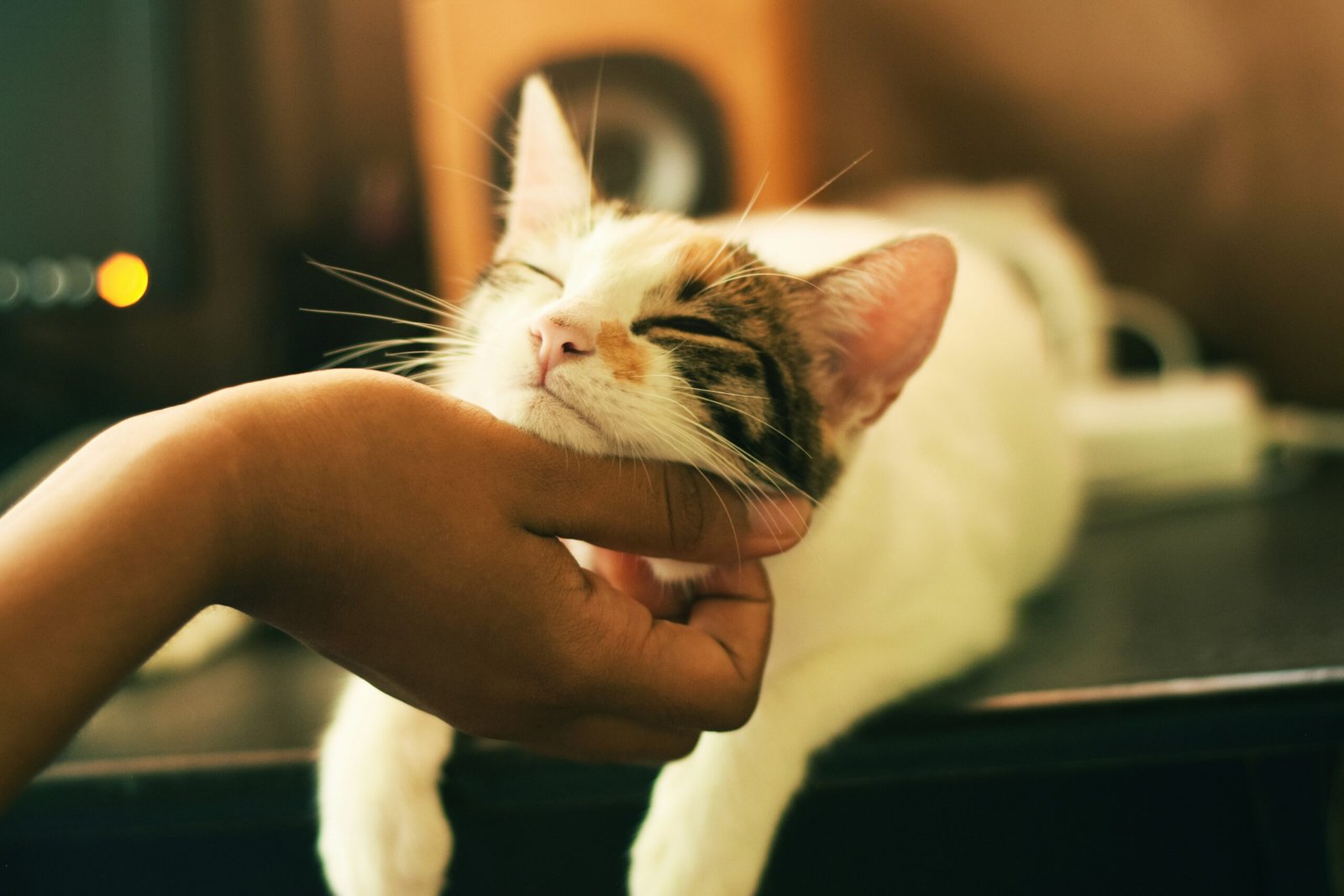The Purr Prescription: How Petting Cats Can Reduce Anxiety and Stress

Understanding the Link Between Cats and Mental Health
The relationship between pet ownership and mental health has garnered increasing attention over the years, particularly in the case of cats. Multiple studies have highlighted the profound impact that these agile and independent creatures can exert on human emotions. The simple act of petting a cat can trigger a cascade of therapeutic effects, alleviating feelings of anxiety and stress. Research conducted by experts in animal-assisted therapy underscores how human-animal interaction promotes emotional stability and psychological well-being.
Historically, companionship from cats dates back thousands of years, where they were often revered for their ability to control pests. This functional relationship has evolved into a more emotional one, as numerous studies now indicate that having a cat can significantly enhance one’s quality of life. The soothing presence of a cat can help their owners feel less lonely, encouraging a sense of connection and belonging that is critical for mental health. Furthermore, cats have been found to decrease levels of cortisol, a hormone that is commonly associated with stress.
Moreover, the act of petting a cat facilitates the release of oxytocin—a neurotransmitter known for promoting bonding and reducing fear and anxiety. This phenomenon illustrates the psychological mechanisms at play when individuals interact with these furry companions. Anecdotal evidence supports this notion, with many cat owners reporting enhanced mood and reduced stress levels following moments spent with their pets. As our understanding of this dynamic deepens, it becomes ever clearer how integral the bond between humans and cats can be in navigating life’s emotional challenges.
The Science of Petting: How It Affects Our Brain Chemistry
Engaging in the act of petting cats initiates a complex interplay of neurological and psychological processes that contribute significantly to stress reduction and overall mental well-being. One of the primary hormones involved in this process is oxytocin, often referred to as the “love hormone.” When individuals engage in tactile interactions, such as petting a cat, oxytocin levels increase, fostering feelings of bonding and affection. This hormonal release not only enhances mood but also combats feelings of anxiety, creating a soothing effect that can help individuals manage stress more effectively.
Additionally, interacting with animals, particularly through petting, has been shown to produce a decrease in cortisol levels, a hormone associated with stress. Scientific research highlights that tactile stimulation from petting can lower heart rates and promote relaxation, making it a natural and effective strategy for alleviating anxiety. For instance, studies indicate that the simple act of stroking a furry companion can induce a state of calmness and well-being, as the pet-owner relationship can facilitate a safe environment where emotional support is readily available.
The physiological responses triggered by petting cats further underscore its therapeutic potential. As heart rate and blood pressure decrease during these interactions, individuals often experience a sense of tranquil connectedness. This synergistic effect of lower stress hormones and elevated oxytocin is pivotal in explaining why petting a cat serves as a powerful tool for managing anxiety. Furthermore, neuroscience research continues to explore the long-term benefits of this type of interaction, revealing that regular engagement with pets fosters resilience against future stressors. Thus, understanding the science behind petting cats not only illuminates the benefits of this interaction but also encourages individuals to incorporate it as a vital practice in their stress-management toolkit.
Integrating Cat Companionship into Daily Life for Reduced Stress
Incorporating cat companionship into your daily routine can significantly alleviate stress and anxiety. This integration is not solely about petting; it encompasses a range of activities that foster a deeper connection between pet and owner. Engaging in playtime with your feline friend can stimulate both mental and physical health. Toys such as feather wands or laser pointers can encourage cats to display their natural hunting instincts while also providing entertainment. This shared activity creates an environment filled with joy, contributing positively to your emotional well-being.
Another essential aspect of cat companionship is grooming. Regular brushing not only helps to reduce shedding, but it also serves as a bonding ritual. The rhythmic motion of grooming can evoke a sense of calm, providing a perfect opportunity for mindfulness. As you focus on the act of grooming, the stresses of the day can fade into the background, allowing you to experience a moment of tranquility.
Moreover, taking time to simply sit with your cat in a quiet space can nurture a soothing atmosphere. This serene interaction can involve gentle petting, allowing both you and your cat to relax in silence. Establishing this peaceful routine can become a cornerstone of reducing daily stress levels. Creating a designated cozy space in your home for you and your cat encourages frequent interaction.
For those considering adopting a cat, it is crucial to prepare a nurturing environment. Ensure that your home is welcoming and safe for a new feline companion. Researching cat breeds and their temperaments can help in selecting a cat that meshes well with your lifestyle. Integrating cat companionship effectively into daily life holds the potential to enhance emotional health, fostering an atmosphere where both you and your pet can thrive together.
Real-Life Stories: Transformative Effects of Feline Companionship
Many cat owners have reported remarkable transformations in their mental health and overall well-being through their companionship with felines. One notable story comes from Sarah, a busy marketing executive who struggled with anxiety and constant stress. Upon adopting her cat Luna, Sarah noticed a significant difference in her daily life. Luna’s purring and gentle presence provided a calming effect, especially during Sarah’s most challenging workdays. The simple act of stroking Luna’s soft fur became a meditative routine, allowing Sarah to focus on the present moment and reduce her anxiety levels.
Similarly, James, a retired veteran, shared how his cat, Thor, played a crucial role in his recovery from post-traumatic stress disorder (PTSD). Thor seemed to possess an innate ability to sense James’s emotional fluctuations. During episodes of anxiety, Thor would curl up beside him, offering companionship that often alleviated James’s feelings of isolation. This bond not only provided emotional support but also encouraged James to engage more socially, as he often found himself discussing Thor with fellow veterans and neighbors.
Moreover, Emily, a college student managing feelings of overwhelm and depression, found solace in her cat, Mochi. Emily explained that spending time with Mochi boosted her mood and provided a sense of purpose. The playful interactions and shared moments of joy with Mochi not only helped her cope with academic stress but also instilled a sense of responsibility that positively influenced her mental health. These personal accounts collectively highlight the diverse ways feline companionship can alleviate anxiety and stress, illustrating not only emotional support but also nurturing positive interactions that enhance daily living. The stories emphasize the therapeutic potential of cats, encouraging others to consider adopting a feline friend as a source of comfort and joy in their lives.






















